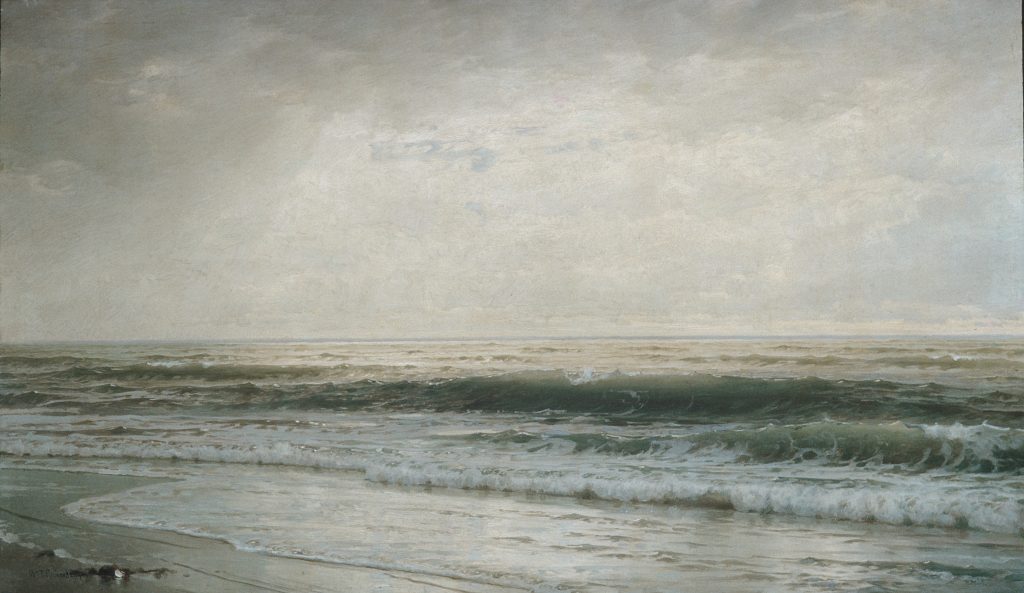There is a quiet kind of beauty in slowness. For many women, life has been full. Rich with experiences, responsibilities and achievements. Yet beneath the fullness, there is often a longing. A need for space, for breath, for something more soulful. For living slowly. A life that honours beauty, art and nature does not need to be cluttered or rushed. Creativity flourishes in these moments of stillness
What is living slowly?
Imagine this: a quiet morning with no urgency and no to-do list weighing on your mind. Just the gentle hum of the moment, unhurried and complete. This is the essence of living slowly, and for the creative spirit, it is the space where inspiration begins.
For decades, we’ve been conditioned to equate productivity with worth. We move fast, fill calendars and multitask endlessly. Yet somewhere along the way, the connection to our own creative rhythm leaves us. Art, whether collected or created, asks something different of us: presence, attention and slowness. A painting is not something to rush past. A piece of pottery tells its story in its curves, its imperfections and its quiet elegance.
To truly appreciate or create beauty, we must slow down enough to see it. Slow living isn't a luxury but a necessity. It reminds us that creativity, like life, is not meant to be rushed.
Minimalism as a creative muse
Minimalism is often misunderstood. It is not about stripping life bare, nor is it an aesthetic of sterile emptiness. Rather, it is a refinement. An art form in itself. A way of curating a life filled only with what truly matters.
In creativity, as in life, less can be more. A painter does not need an overwhelming palette—just the right hues. A home does not need endless decor—just pieces that evoke something deep, something real. A collector of art does not seek abundance, but meaning. A single work that stirs the soul is worth more than a hundred that merely fills space.
When we declutter, not just our homes, but our mental space, we make room for inspiration. Too much noise and distraction, and the creative voice gets drowned out. But when we simplify, we create a sense of spaciousness, a breathing room where new ideas can emerge.
This is why so many artists embrace simplicity. Georgia O’Keeffe found vast inspiration in the desert’s spare beauty. Japanese wabi-sabi aesthetics celebrate imperfection and space. Writers like May Sarton retreated into quiet to let their words take shape. They understood that art needs space to unfold.
The wild flow of nature & creativity
Nature is the original artist. Creation is embedded in the earth itself, slow and unhurried yet infinitely expressive. When we reconnect with nature, we also reconnect with our own creative flow.
So much of modern life pulls us away from this rhythm. Artificial timelines, digital noise and the pressure to produce. We forget that true creativity moves like the seasons. There is a reason we feel a deep exhale when we stand before the sea or walk beneath ancient trees: nature invites us back to our essence, to the wild and unrestrained beauty within us.
Many artists find their best work emerges after immersing themselves in nature. These moments of quiet observation offer inspiration not just for what we create, but how we create.

Practical ways to weave living slowly into creativity
Slowing down is not just a philosophy, it is a practice, a daily choice to create space for beauty and inspiration. For those who collect, create or appreciate art, embracing slow living means engaging with creativity in a way that feels deeply intentional. Here are some ways to invite this rhythm into your life:
Curate with intention
Let your space reflect what truly speaks to you. Instead of filling walls for the sake of decoration, choose pieces that hold meaning and tell a story. Collect art slowly, allowing each piece to be a deliberate addition rather than an impulse. Let your home feel like a gallery, not just of objects but of experiences and emotions.
Single-task your creativity
In a world of distractions, give your creativity the gift of full presence. Whether writing, painting or simply observing, resist the urge to multitask. Put away the phone, let the silence settle in and immerse yourself fully in the act. Creativity deepens when we allow ourselves to linger in it.
Incorporate nature into your rituals
Let the natural world be both your muse and your grounding force. Create by an open window with natural light. Sketch with handmade paper. Bring the scent of the outdoors into your space. Let your creative process be as organic as nature itself.
Savour the process
Art is not about the rush to completion. Whether collecting or creating, let yourself enjoy the unfolding. Sit with a new piece in different lighting and let it reveal itself to you over time. If you paint or write, allow pauses. Step away and return later with fresh eyes. Slowness deepens appreciation.
Keep a visual or written journal
Slow creativity often starts with awareness. Keep a small sketchbook or journal nearby to capture your fleeting inspirations. Quickly sketch a flower that catches your eye, jot down a phrase that resonates with you, or note a colour palette that inspires you. These quiet moments can accumulate into something richer and more intentional.
Final thoughts on living slowly
Nature reminds us that creativity is never rushed, never forced, but unfolds in its own rhythm. When we live slowly, we begin to see differently. Art, creativity and beauty are not found in excess, but in presence. Minimalism is not about restriction. It's about curation, about choosing what fills our spaces and our minds with intention.

